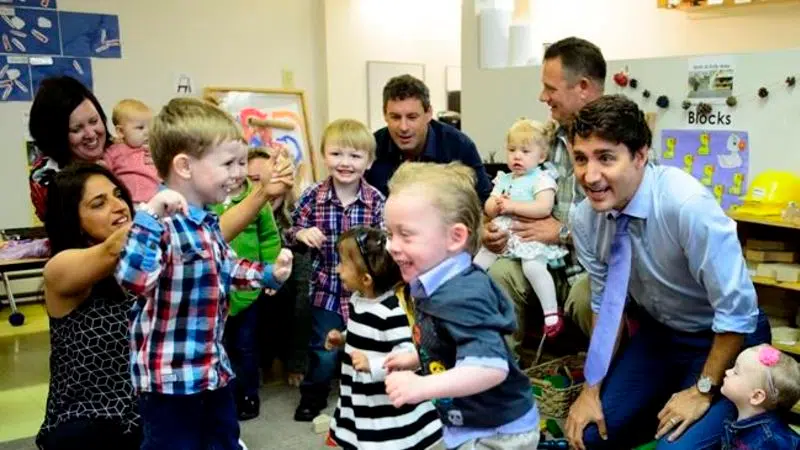
Liberals include ‘a lot of baloney’ while promoting record on child care
OTTAWA — “(We made) a commitment to develop an additional 40,000 high quality and affordable learning spaces each year, rising to 100,000 by 2030.”
— Liberal Party of Canada news release, Sept. 16
As Justin Trudeau announced Monday that a re-elected Liberal government would create up to 250,000 more spaces and cut fees for before- and after-school child-care programs, his party issued a news release that highlighted some of the things the Liberals have already done.
That included, according to the news release, a commitment to create 40,000 new child care spaces every year, a number the party said would increase to 100,000 by the end of the next decade.


